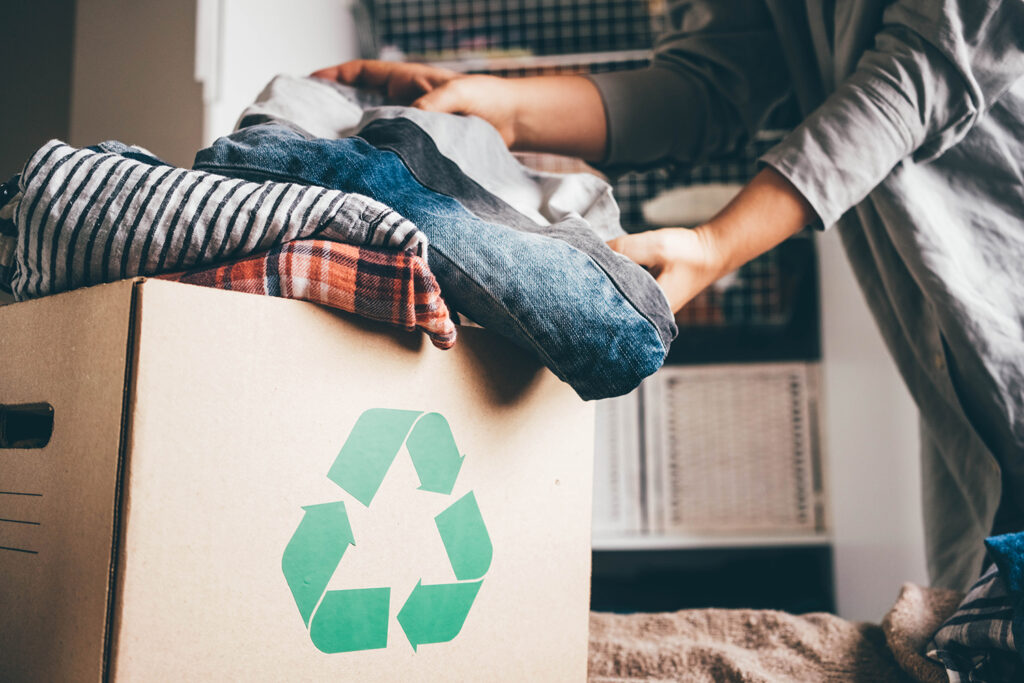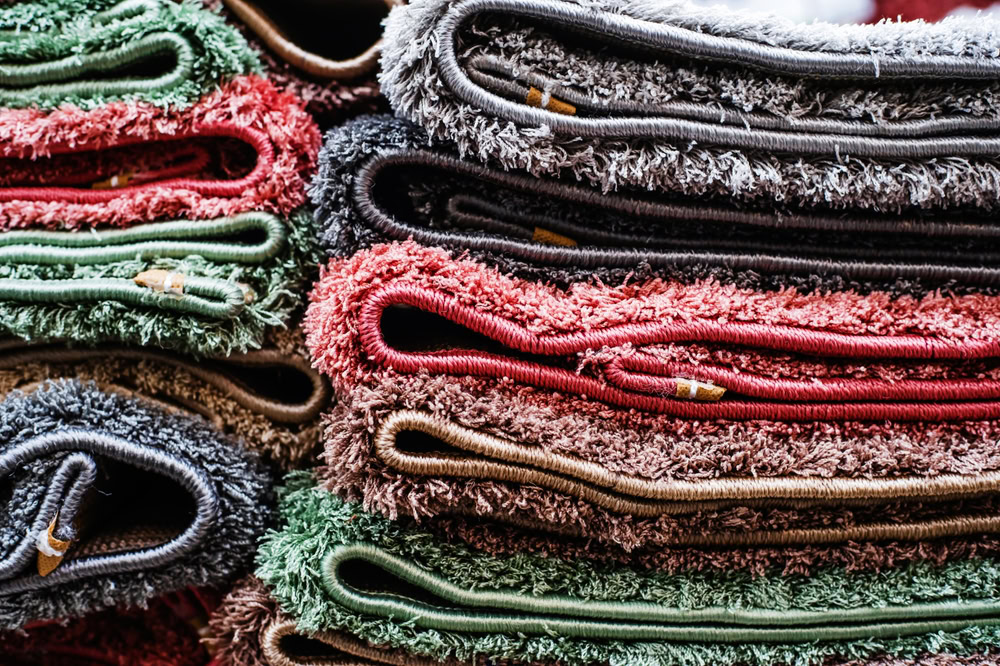Local authorities and their contractors are being invited to take part in a series of pilots to test the effectiveness of textiles survival bags.
Plans to develop such bagswerefirst reported by letsrecycle.com earlier this year, as a means to collect textiles as part of a commingled kerbside collection service (see letsrecycle.com story).

Recent research by the Waste & Resources Action Programme (WRAP) showed that if textiles are collected loose in bins or in bags along with other recyclable materials, they are often contaminated so badly that the items cannot be re-used or recycled.
WRAP now wants to run a small number of pilot projects to see if survival bags can protect textiles during the collection and sorting process in particular a bag splitter in a MRF and compaction in collection vehicles. It has issued a call for expressions of interest from local authorities and their partners who may wish to take part, with an October 8 deadline for submissions.
Despite work by WRAP to develop a specific bag, a WRAP spokeswoman explained that, under the trials,it was up to councils and theirpartners to suggest what kind of bag to use.
A WRAP spokesperson added: As well as determining whether the bags protect items collected from the kerbside, we want to see which type of bag works best, the costs and any operational implications.
WRAP is hoping to run pilots with at least two English local authorities and one from Scotland, for a minimum of three months.
The pilots need to be completed by March 2013 and will need to run ideally for at least three months. A budget of around 10,000-20,000will be provided to successful candidates to cover the provision of sacks and communications.
Research
The development of the bag follows on from WRAPs research published in 2011 called Making the most of new materials. The report looked at how new material streams could be added to MRFs.
The report highlighted that the most viable method for processing textiles at MRFs was through manual handling involving a survival bag system that prevented items from escaping and damaging equipment. Textiles are currently sporadically collected by local authorities via kerbside commingled collections due to contamination issues.
Guidance published earlier this month by WRAP on the Impact of Textile Feedstock Source on Value, found that textiles which were collected commingled with other materials, and sent for sorting through a materials recycling facility (MRF) were of a very poor quality.
The guidance states: The textiles in the trial sample were of very poor quality, as they were heavily contaminated and had been damaged by the sorting process at the MRF and the baling wire used to bulk up the textiles for transportation, which had cut items of textile.
This resulted in all of the material being categorised as waste, with no re-use or recycling value.
Local authorities can apply to run a pilot here.









Subscribe for free